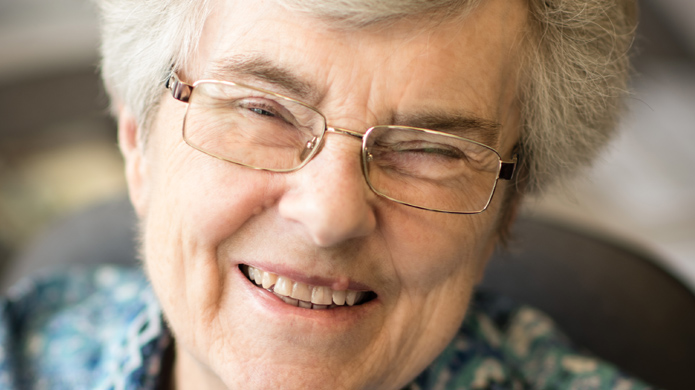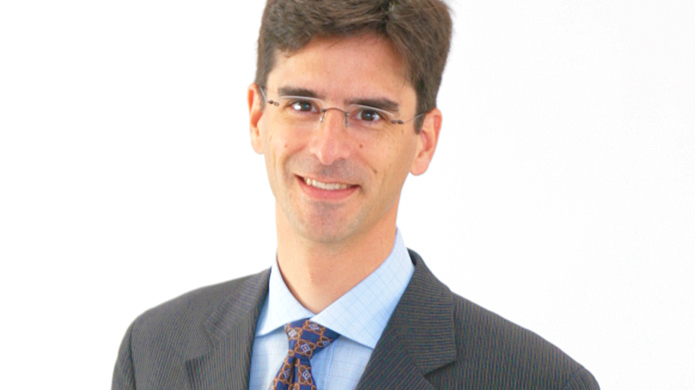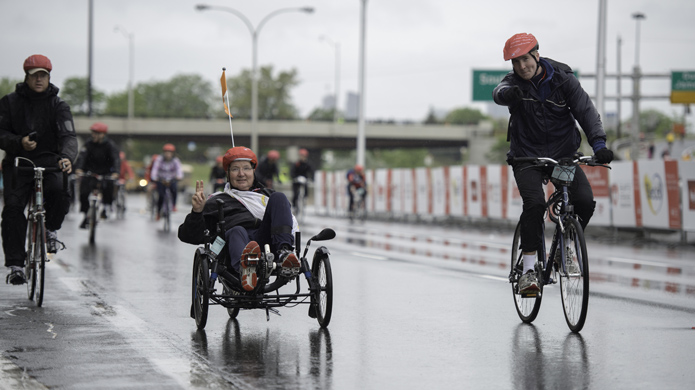Canada’s 150th birthday gives us all kinds of reasons to show our pride and gratitude. Let’s celebrate the fact that when we work together to support research into heart disease and stroke, we can do incredible things. A donor on one side of the country may fund a researcher on the far coast, with results that benefit Canadians in every province. Here are just three members of the Heart & Stroke family who are showing what’s possible.
In Vancouver, a dedicated donor names Heart & Stroke in her Will

Every Tuesday and Thursday, you’ll find Ann Douglas tucked into a cubicle at her local Heart & Stroke office in BC, performing a multitude of tasks.
For the past 15 years, Ann has volunteered in every way she can to support the organization she holds dear. In fact, she’s so committed to helping fund life-saving research that she is naming Heart & Stroke in her Will.
“This will go to a cause that I believe in,” Ann says. “And it will help down the road to stop people from having heart attacks and hopefully educate them to take better care of themselves. You don’t have to be a multimillionaire to make a charitable donation. Anyone can do it.”
In Halifax, a researcher takes on a powerful killer

The problem: Every year up to 40,000 Canadians die from sudden cardiac arrest, which is usually caused by an irregular heart rhythm known as ventricular tachycardia (VT). There are only two effective ways to prevent VT: drug therapy and a procedure called catheter ablation. Unfortunately, both carry risks and it’s not clear which is the best first-line therapy.
The solution: Research by Dr. John Sapp of the Nova Scotia Health Authority will compare the two treatments, randomly assigning 75 patients with a history of heart attack and VT to receive one of them. Regular follow-up will help ensure healthcare providers are giving Canadians at risk the very best chance to survive and thrive.
In Toronto, a stroke survivor gives back

What happened to Paul Morse could happen to any of us. A massive stroke at age 61 changed his life forever. The impact was devastating. “I was lucky to get into the Toronto Rehabilitation Institute,” he says. “My brain was not working very well.”
Promoting recovery is a key pillar of Heart & Stroke’s mission. Researchers are investigating how exercise can aid in recovery from stroke. Today, Paul embraces exercise, including riding his adapted bike.
Life will never be the same — he can’t drive and had to stop working — but he feels lucky in many ways. As a dedicated Heart & Stroke volunteer, he participates in the annual Ride for Heart and shares his recovery journey publicly.
“I’ve been able to glue back many of the pieces, and the support I’ve received at Heart & Stroke is just beyond description,” Paul says.